We Might Be in a Virtual Simulation
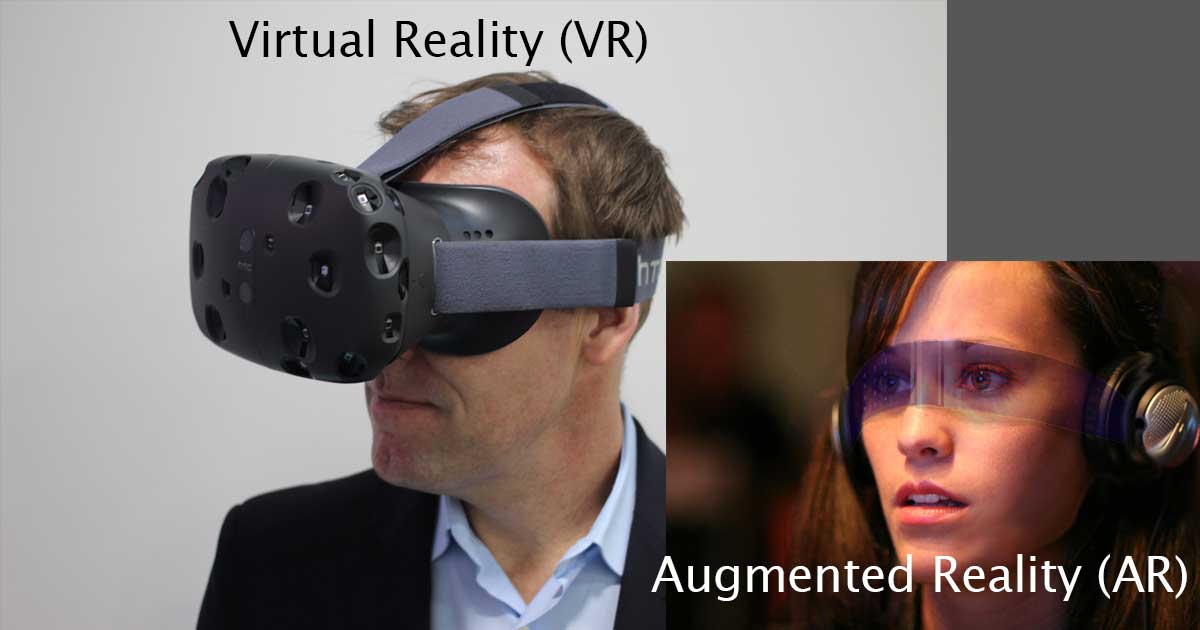
The simulation argument can be summarized as the idea that reality might be a virtual simulation (we might be “in the Matrix” / “in a video game”).
The Physical Sciences are branches of science that study non-living systems including Astronomy, Chemistry, Earth Science, and Physics.

The simulation argument can be summarized as the idea that reality might be a virtual simulation (we might be “in the Matrix” / “in a video game”).

Human behavior can be random to some extent, but most behavior is based on prior input, and thus is “deterministic” (meaning not totally random).
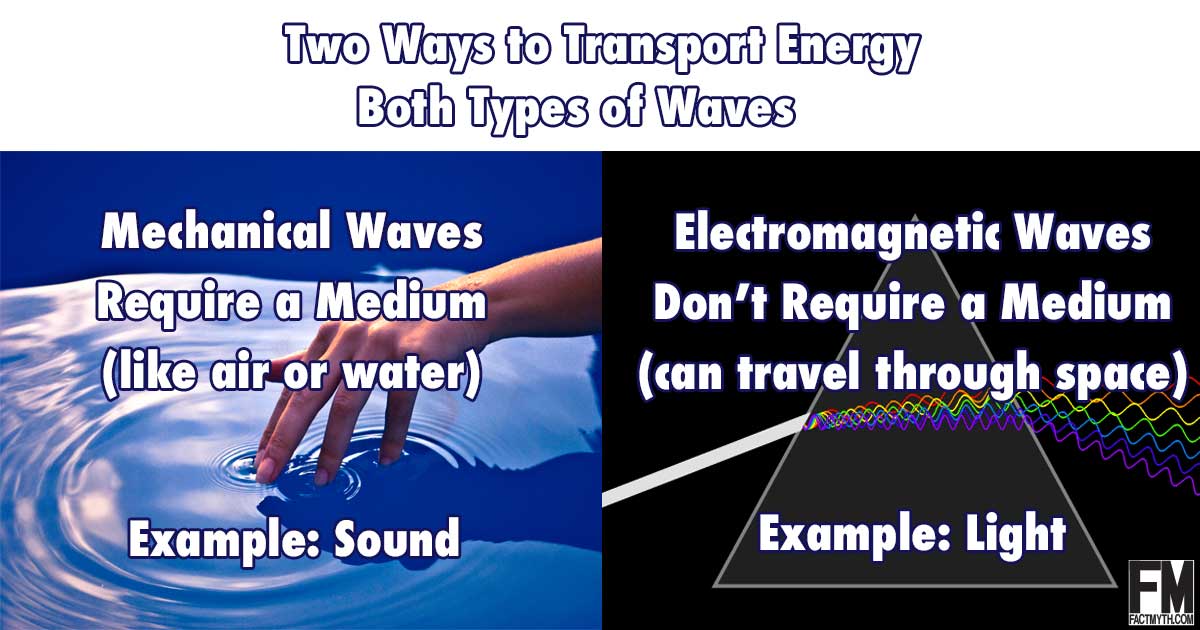
There are two types of waves: mechanical waves like sound that must travel through a medium like air, and electromagnetic waves like light that don’t.

An Albatross can fly around the world without landing, glide hundreds of miles at a time without flapping its wings (which span up to 12 feet), and travel at speeds of over 50 Mph.
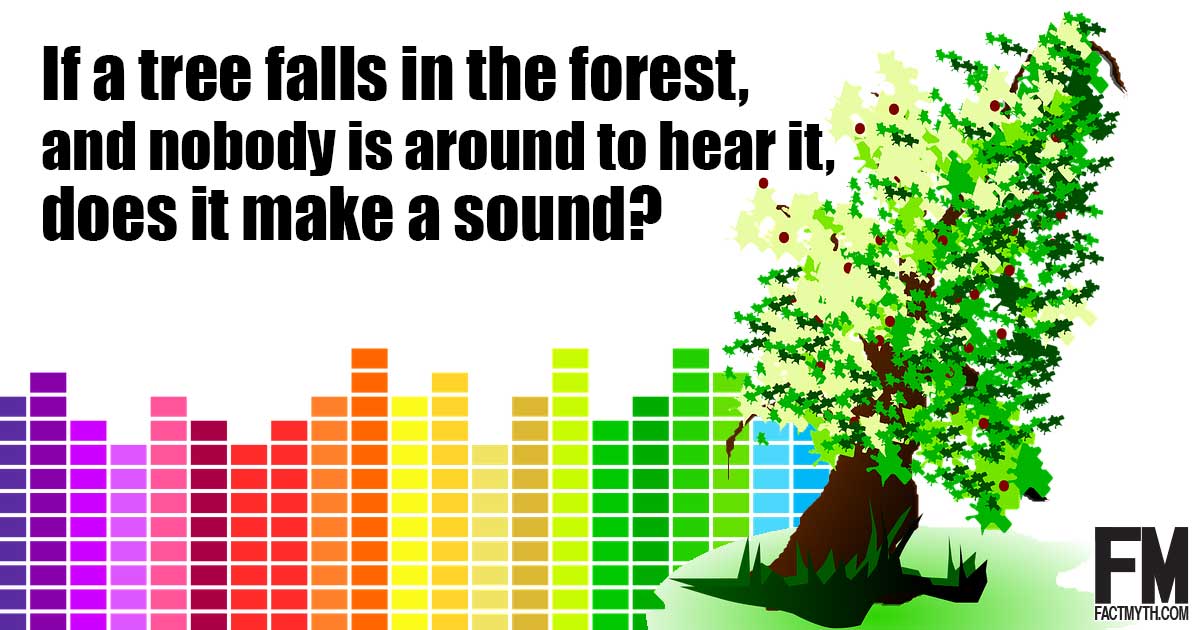
According to physics, if a tree falls and no one is around to hear it, it still makes a sound. Sound is a mechanical wave of pressure and displacement through a medium such as air or water. We don’t have to perceive a sound to know the laws of physics are in play.

Sir Isaac Newton can be said to have discovered the laws of motion, but more accurately, he refined the work of Aristotle, Galileo, Descartes, and others.

Mercury is the closest planet to the sun, and thus receives the most direct heat. However, Venus is hotter, as Mercury doesn’t have an atmosphere thick enough to trap and hold heat.
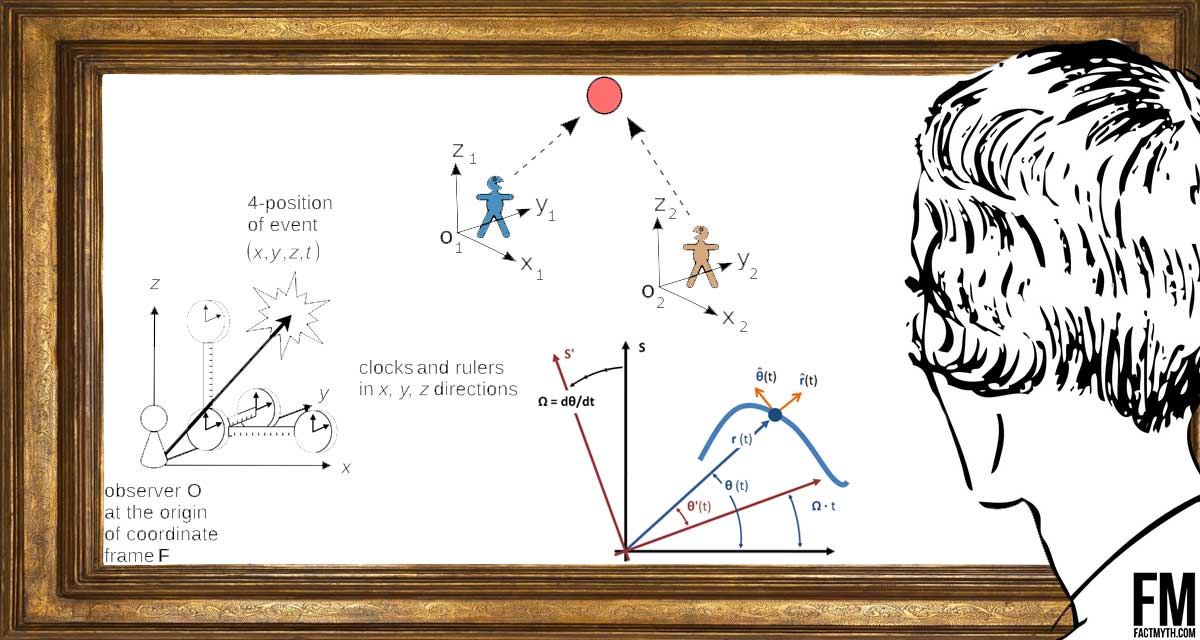
Reference frames and relativity in physics explained using math-free examples. We cover: frames of reference, inertial frames, accelerated frames, and relativity.

The physical constants are measurable properties of the physical universe that don’t change, everything else is relative to these constants.
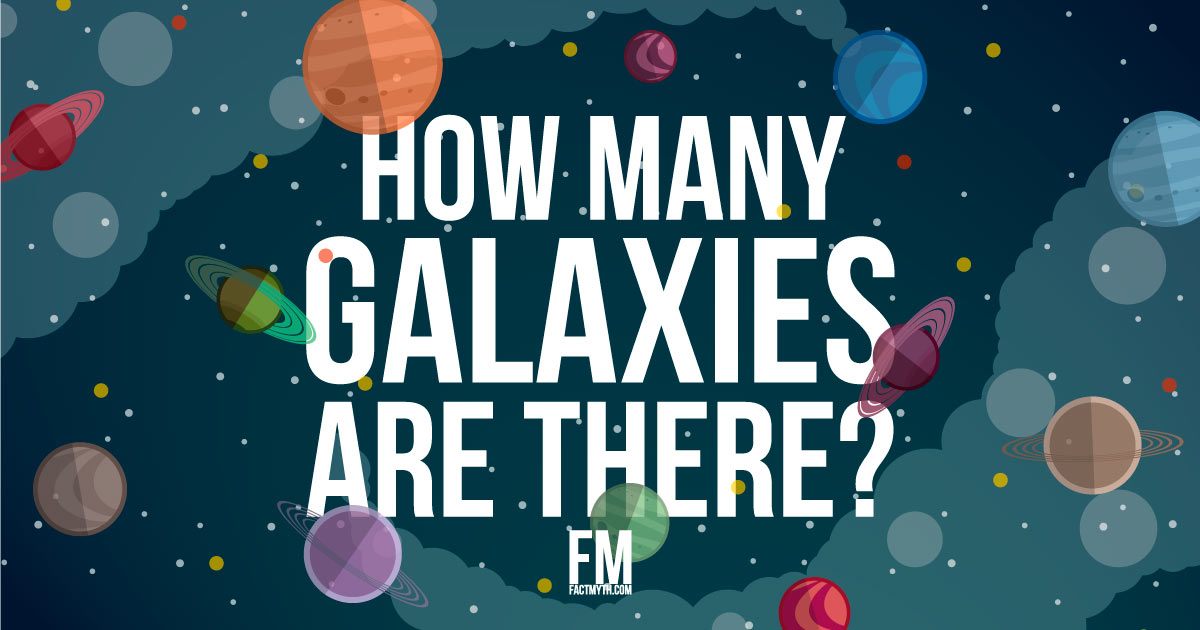
We don’t know exactly how many galaxies there are in the visible universe, but low estimates based on Hubble data start at 100 billion.